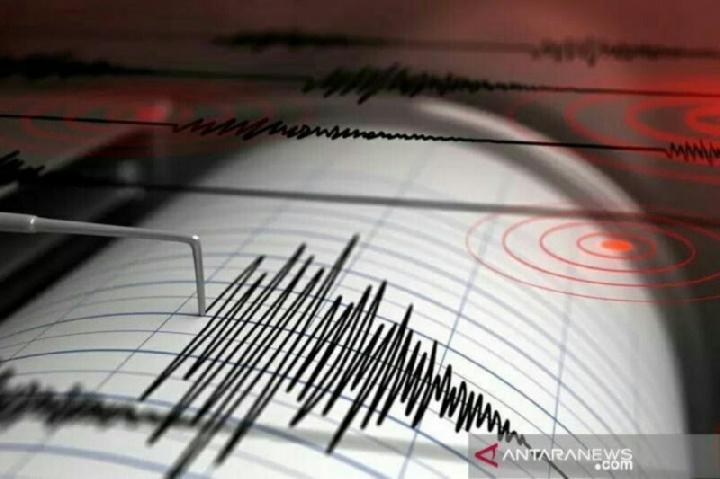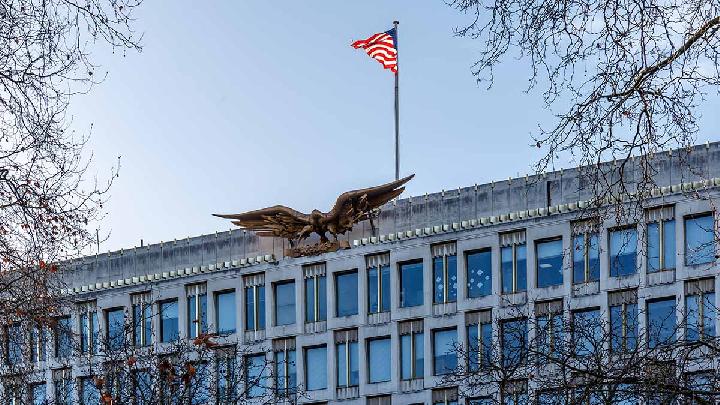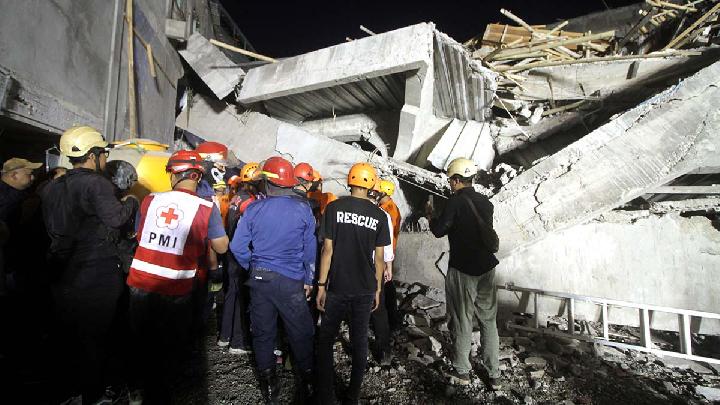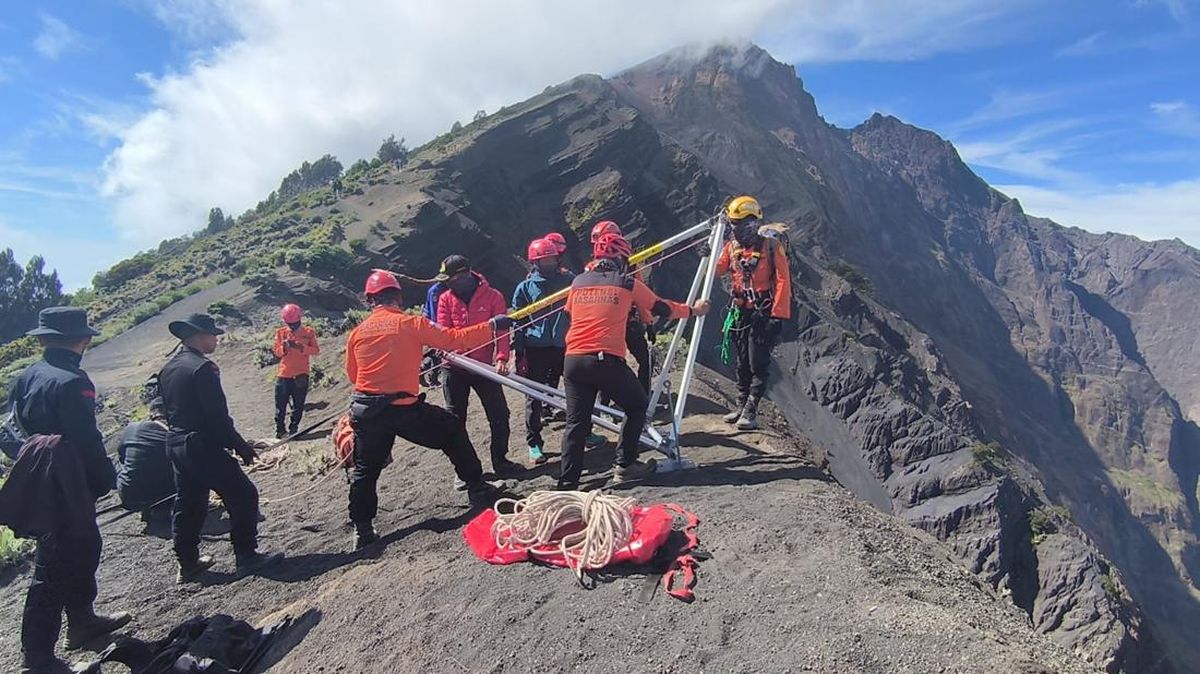TEMPO.CO, Jakarta - The earth is officially entering the autumn season, promising the celestial spectacle of the Harvest Moon, which will reach its peak in the southern sky in early October. Along the Fomalhaut, best known among the brightest stars of the fall season, the Northern Lights will reportedly make a cameo following the fall equinox phenomenon.
For stargazers, understanding how to watch the Northern Lights during such a sparkling auroral moment is essential. This article, compiled from various sources, is your complete guide to achieving a rewarding viewing and photography experience.
When Will the Northern Lights Appear?
The Northern Lights are forecasted to be visible between September 29 and October 5, 2025. Although solar flares are not predicted to hit Earth, Forbes reported that heightened auroral activity is nevertheless guaranteed for this period.
Where to Watch the Northern Lights?
Catching a glimpse of the Northern Lights is on nearly every traveler’s bucket list, and Canada may be the ultimate stage for the celestial show. From the glowing skies over Manitoba’s frozen Hudson Bay in winter to Yellowknife’s near-nightly spectacles, the aurora borealis can be chased across the country almost year-round.
- Yellowknife is famous for its near-nightly spectacles.
- The skies over Manitoba's frozen Hudson Bay glow brightly in winter.
- Yukon dazzles in autumn and spring with tour packages that blend dog mushing and ice fishing with sky-gazing.
- Newfoundland and Labrador invite summer adventurers to step away from city lights for an unfiltered view.
- Even Alberta joins the lineup, where the dark skies above Lake Minnewanka and Herbert Lake reveal some of the most vibrant aurora displays.
How to Watch the Northern Lights?
One must be wondering, “How to watch the Northern Lights,” amid polluted air. The answer is simple: the closer you are to the north magnetic pole, the better your chances, especially in places far from artificial light.
Canada’s aurora season shines brightest between late August and April, when long, dark nights and crisp, dry air create ideal viewing conditions.
The key is to face north and give your eyes time to adjust. At first, the aurora may appear as a faint gray glow, but within moments the colors reveal themselves in vivid streaks of green, purple, and red. No telescope is required, as the phenomenon can be enjoyed with the naked eye, provided the sky is clear and free of obstruction.
How to Photograph the Northern Lights?
For those hoping to capture the moment, a tripod is essential. The steady support allows cameras to frame the moving lights against the stillness of the horizon. Combined with the silence of a remote night sky, the aurora transforms into one of nature’s most memorable performances.
See the camera settings to catch the best of the incredible spectacles below:
DSLR Camera Settings for Northern Lights Photography
Switch to manual mode and set your focus to infinity to ensure the lights remain sharp. Use a slow shutter speed between 10 and 25 seconds to maximize light intake, and keep your aperture wide—ideally f/2.8 or the lowest value your lens allows.
To achieve balanced exposure, set your ISO anywhere from 800 to 6000, adjusting based on the observed brightness of the aurora. With these technical adjustments, your camera will be prepared to paint the night sky in vivid detail.
Smartphone Camera Settings for Northern Lights Photography
Modern smartphones can also rise to the challenge if equipped with a Night Mode feature. For the clearest images, prioritize using the primary lens over the super-wide one, and always stabilize your phone with a tripod to avoid blurry images. Shooting in RAW format gives you the greatest flexibility to edit later, while turning off the flash ensures the aurora remains the star of your shot. With a little preparation, even a phone can successfully capture the magic of the Northern Lights.
Learning how to watch Northern Lights is ultimately as simple as prioritizing dark, clear skies, facing north, and allowing your eyes time to adjust. Whether you find yourself in the vast wilderness of Canada or another renowned aurora hotspot, a little foresight can elevate an ordinary evening into an unforgettable spectacle painted across the heavens.
And, if you are ready to go after another night wonder, check out the darkest places in the US for your ultimate stargazing agenda.
Editor's Choice: Top 12 Darkest Places in the US for Spectacular Night Sky Views
Click here to get the latest news updates from Tempo on Google News


















































